While a diamond might be forever, the one thing that is truly constant is change – and the diamond industry has seen more than its fair share of changes over the last decade. Once an issue that fiercely divided the industry, the lab grown diamonds vs mined diamonds debate has finally relaxed into the change.
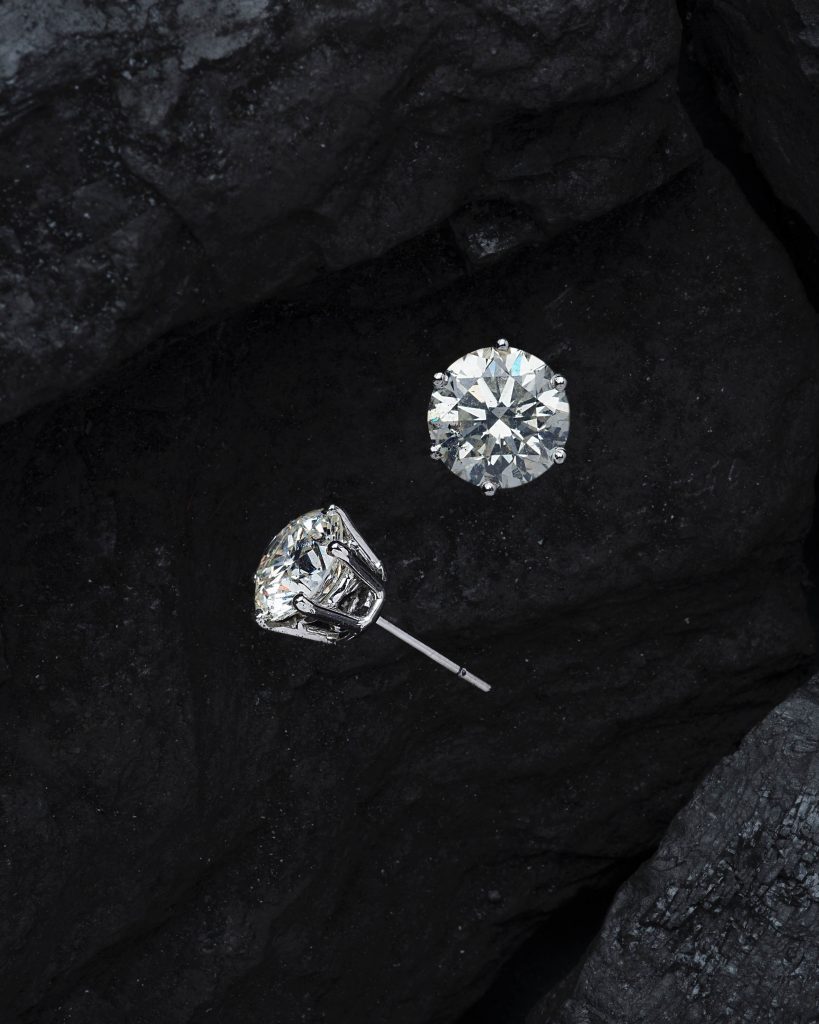
It might be worth remembering that the diamond ring as a concept – essential for engagements and perhaps the pinnacle of traditional fine jewellery – is only a relatively recent trend. Until the 1940s and an almost accidental marketing slogan, diamonds were not a popular jewellery choice. Like pearls before Mikimoto’s experiments with farming (and some equally clever marketing), diamonds were out of reach for the masses and simply not on the average person’s wishlist.
Lab grown diamonds have been around since the 1950s when they were brown, ugly things made for industry. Improvements to technology saw them enter the fine jewellery space in the 1980s courtesy of General Electric in the United States. After a sluggish start, the demand for lab grown diamonds has surged in the last decade, with the last three years seeing the gallop break into an all-out sprint, to a point that has had industry veterans gaping in the aisles of recent trade shows.
So who’s buying what?
“There’s a clear generational divide,” says JC Jewels director Craig Miller. “At least, for now.” JC Jewels is an Australian wholesaler dealing in lab grown, natural, melee and diamond jewellery, but with a particular focus on lab grown diamonds.
“From my experience, engagement ring buyers between the ages of 25 and 40 are asking about lab grown diamonds, and with social media and online education, this is becoming the new norm. From what my retailers tell me, six or seven out of 10 customers choose lab grown diamonds when they are being put on the table at purchase.”
The way Craig sees it, lab grown diamonds “hit a sweet spot for millennials. They are a market sector with a different value structure, new spending patterns, precise wants and needs, and they see lab grown as the perfect value proposition.”
Rami Baron sees an overview of the diamond industry via his positions with the DDCA and as CEO of Q Report Jewellery Insurance.
“We have seen a three fold increase in the use of the centre stone [of diamond jewellery] being lab grown,” he says. “I don’t believe anyone has accurate data on the ratio of sales, but anecdotally in the engagement ring sector in Australia it seems to be around 20 percent lab grown vs 80 percent natural.”
He believes this tops the US market which he says runs at 10 percent of sales being lab grown. (Australians are world famous for being early adopters of all technology other than electric vehicles.)
“I personally believe this could reach up to 30 percent lab grown in the next two years, as the sub-$5,000 engagement ring which would buy a 0.5ct natural can now enable a consumer to buy a 1.20ct plus high colour and clarity lab grown diamond ring.”
A Bain diamond industry report in 2021 indicated that nearly 70 percent of Milliennial-age consumers would consider a lab grown diamond for an engagement ring.
Prior to 2018, lab grown diamond jewellery sales totaled less than $1 billion, which represented less than 1 percent of the total global diamond jewellery market. Today, jewellery industry analyst Paul Zimnisky estimates that lab grown diamond jewellery sales could top $8 billion in 2022 and hit $10 billion by the end of next year.
The meteoric rise of a product that rivals jewellery’s traditional number one luxury item has had many in the industry worried for years. Is their concern justified? We need to take a quick look at diamond economics to understand the full picture.
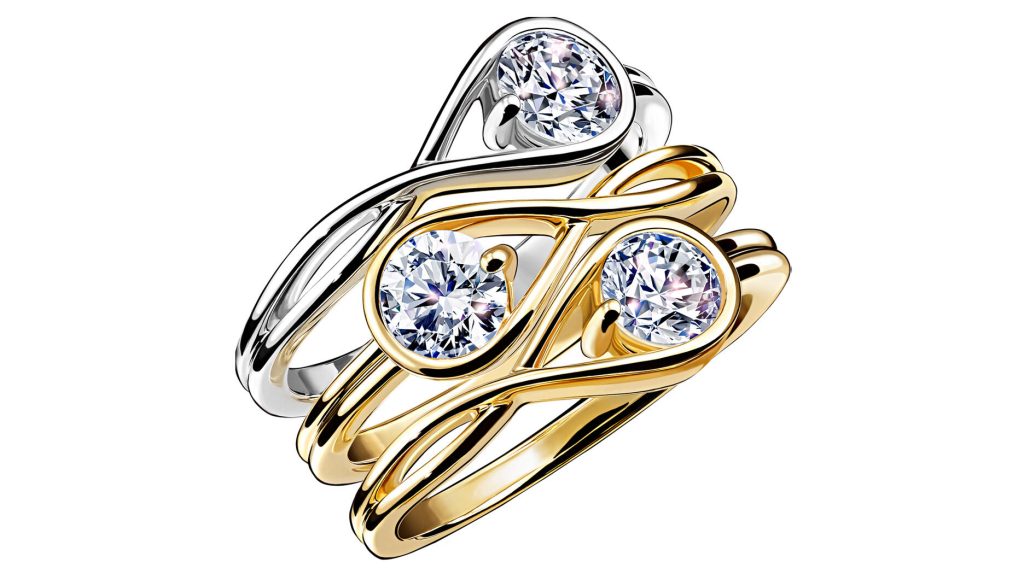
Supply and demand
A short history of diamond economics:
Before the 1800s, diamonds were so rare only kings and queens were lucky enough to wear them. Diamonds were primarily mined in India and Brazil, but in the mid 1800s, the widespread commencement of small-scale mining across South Africa created a bit of a diamond-rush. As everyone knows, flooding the market with any product immediately decreases its value.
Cecil Rhodes was an English-born businessman who originally made his money renting water pumps to South African diamond miners until he saw the sense in acquiring a mine of his own. Due to the considerable amount of infrastructure required to operate a mine, it is best practice in the mining industry to merge and take over existing mines rather than open new ones. In the early 1880s, Rhodes bought the claims of two brothers named ‘de Beer’. By 1888, De Beers Mining Company owned almost every mine in South Africa. By 1902, the company controlled 90 percent of the world’s diamond production.
But De Beers’ didn’t make its piles simply by digging pretty rocks from the ground. Diamonds weren’t rare or scarce anymore. The market was flush with them. The magic happened when the company sought to limit their release. Diamond claim holders and distributors globally teamed up with De Beers because their goals were the same – control supply and push prices up. It worked. Diamonds are one of the few global commodities whose value has steadily increased since the Great Depression of the 1930s, where every other product has fluctuated.
On Rhodes’ death, Ernest Oppenheimer was the next man to take control of the De Beers juggernaut. A miner himself, head of Anglo American Corporation, Oppenheimer established a structure of business that would remain the same for much of the 20th century: De Beers would decree the amount of diamonds they wanted to sell, and at what price, for the following year. A complex vintage ‘algorithm’ determined what cut of the total output each producer would get, and buyers would take their designated diamonds to be resold in diamond hubs such as Antwerp and New York.
It was a system that worked brilliantly (for De Beers) until the 1980s. De Beers managed to convince the world that diamonds signified love and created an evergreen market that they could groom to accept their price points. When threats to De Beers’ diamond dominance rose, such as the discovery of diamonds in Siberia in the 1950s, in Botswana in the 1960s, De Beers simply purchased their entire output or tied new miners down in strict percentage agreements. The aim was to maintain a ‘single channel’ through which De Beers could funnel the world’s diamond supply.
By the 1980s, there had been numerous revolts against De Beers’ monopoly, which the company put down by releasing a rash of stones which would cause prices to drop. Later, countries such as Australia, Canada and Russia, with significant diamond resources of their own, refused to play ball with the De Beers cartel. It was the beginning of the end for De Beers’ shining star. After this, the company began to move away from dominating the global production and supply of rough diamonds, and instead concentrated on the De Beers’ brand, their own retail stores and eventually… lab grown diamonds.
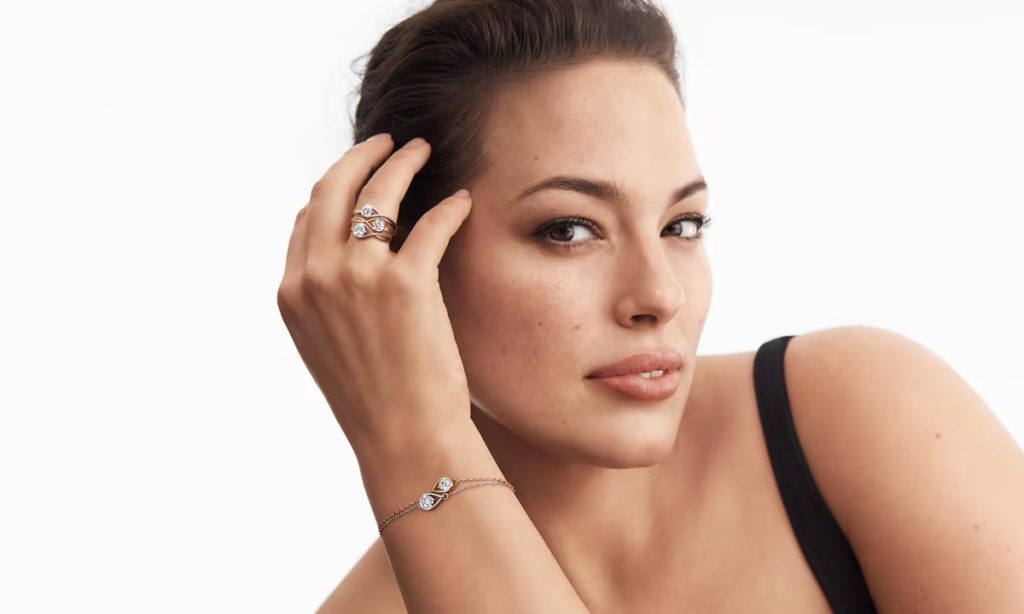
So, won’t lab grown devalue natural?
This was the initial fear. Natural diamond stalwarts held a very valid concern, given the history above and the way supply had been weaponised by De Beers to drive up price, but things haven’t quite turned as dire as many warned.
Instead, lab grown diamonds have created a new market, a side branch, a wider playing field. They compliment natural diamond sales rather than threaten. For now.
“We are seeing lab grown diamonds broadening the diamond category,” says Rami Baron who expects that more brands will offer high-quality fashion jewellery in precious metals like 18k gold with lab grown diamonds. “It’s foreseeable that the natural diamond segment will pull away in its own category by virtue that there will always be those who want the cache, quality and intrinsic value that a natural diamond has.”
Ultra-luxury, high-end diamond jewellery by the mega brands remains out of reach for 95 percent of the population, and this is likely where natural diamonds will retain their niche. But aspirational customers have seen the glitter and the glow of lab grown diamonds and there’s no turning back now.
Amish Shah is president and founder of ALTR Created Diamonds, a company owned by R.A. Riam Group with an 85-year history in the diamond business and fingers in both the mined and lab grown pies. Shah believes lab growns can only be good for the entire industry – in terms of sheer practicality, retailers need the extra margin that lab grown diamonds can offer.
“This reduction in cost and increased availability to a wider audience is going to increase the width of the consumer base,” he told Forbes magazine. “It opens a new category for the customer and the industry. That is a beautiful thing.”
Craig Miller of JC Jewels factored jewellery retailer concerns about lab grown prices into the structure of his wholesale business.
“Some jewellers showed brief concern around prices coming down, impacting on how much stock they invest,” says Craig. “I saw this coming, so my business model at JC Jewels allows our clients to literally buy on demand in real time from the growers. They can do this online while their customer is in the showroom. This system removes the risk of falling prices for jewellers. It’s modern day buying that moves with the pricing as this new category matures to find its base pricing levels.”
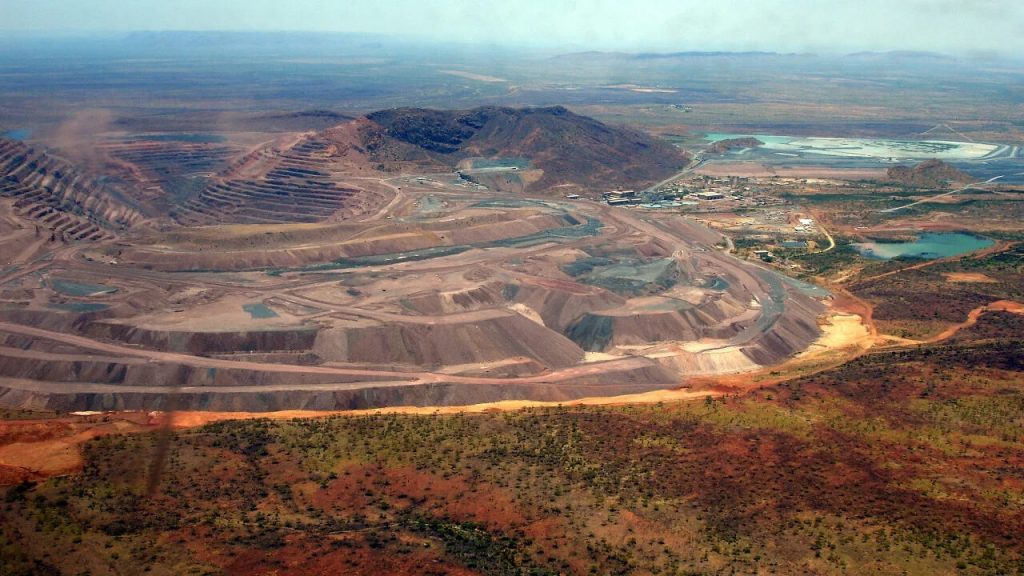
What’s driving the change from natural to lab?
Simply, a concern for ethics and the environment, coupled with the power of brands and influencers.
A lab grown diamond can be created in weeks in a plasma reactor. Diamonds from the earth were created a billion years ago and, even in alluvial situations, can’t be extracted from the earth without significant environmental disturbance.
As is sadly the case with many arguments based on environmental (and ethical) issues, there are two diametrically opposed camps both armed with cherry-picked facts and watered-down science. Pro-lab voices declare their ability to run labs entirely on renewable energy and point to the large holes in the ground left by mining companies. ‘Blood diamonds’ is a potent, if slightly out of date, catchcry. Proponents of natural diamonds argue that 56 percent of lab grown diamonds are created in China, a country with a record of poor environmental and social responsibility standards.
For every lab powered by fossil fuels there is a small-scale miner in an under-privileged country feeding their family and supporting their community. For all the carats grown by solar and wind power, there’s a multinational corporation vacuuming the ocean floor and all its creatures for a handful of shiny stones. Labs might be run on green power, but they will dissolve millions of jobs.
In a way, it almost doesn’t matter which method is greenest or most socially responsible. The decision will not be made by environmentalists or ethicists. It will be made by consumers – and they will choose based on what they see from luxury brands and influencers, and what feels right for them.
Celebrities such as Zoe Kravitz, Lady Gaga, Billy Porter and Penelope Cruz have all worn lab grown diamonds on the red carpet. In Australia, Craig Miller says local star Bindi Irwin has done her bit to raise lab grown diamonds’ profile. “Bindi Irwin got engaged in 2019 with a lab grown diamond ring and that in itself put the product on the map in Australia. We saw a big contribution in growth after her announcement,” says Craig.
Perhaps the strongest power comes from brands and the sheer force of the numbers they command.
Pandora is the world’s largest jewellery brand. This year they announced their Brilliance collection, so far only available in the US, Canada and the UK. As North America is also the world’s largest jewellery market (larger than Europe, China, Japan, India and the Gulf markets combined) this will have a serious impact on the rise of lab grown diamonds.
The Brilliance by Pandora collection features 33 pieces all starring a 1 carat lab grown diamond set in silver, 14k yellow or 14k white gold. It is a first step in the company’s aims to completely phase out natural diamonds. Pandora CEO Alexander Lacik makes no bones about the decision being an environmental one.
“The future of luxury is here today,” he said, in a press release. “Lab-created diamonds are just as beautiful as mined diamonds, but available to more people and with lower carbon emissions. We are proud to broaden the diamond market and offer innovative jewellery that sets a new standard for how the industry can reduce its impact on the planet.”
The Pandora website doubles down, presenting its environmental credentials with friendly diagrams and easily digestible pop-science. Pandora’s lab grown diamonds have “lower emissions than a pair of jeans,” the brand insists.
“Our lab-created diamonds are grown, cut and polished using 100 percent renewable energy,” explains the website. “As a result, a finished Pandora lab-created diamond has … a carbon footprint 95 percent lower than that of a mined diamond of the same size.”
For perspective, the brand goes on, “if all diamonds were mined with the same low carbon footprint as Pandora’s lab-created diamonds, it would save more than 6 million tonnes of CO2 annually.” This, it says, is similar to replacing all cars in New York City with electric vehicles.
It sure ain’t “A Diamond is Forever”, but more than any other factor, it is marketing such as this that will influence the next generation of diamond buyers.
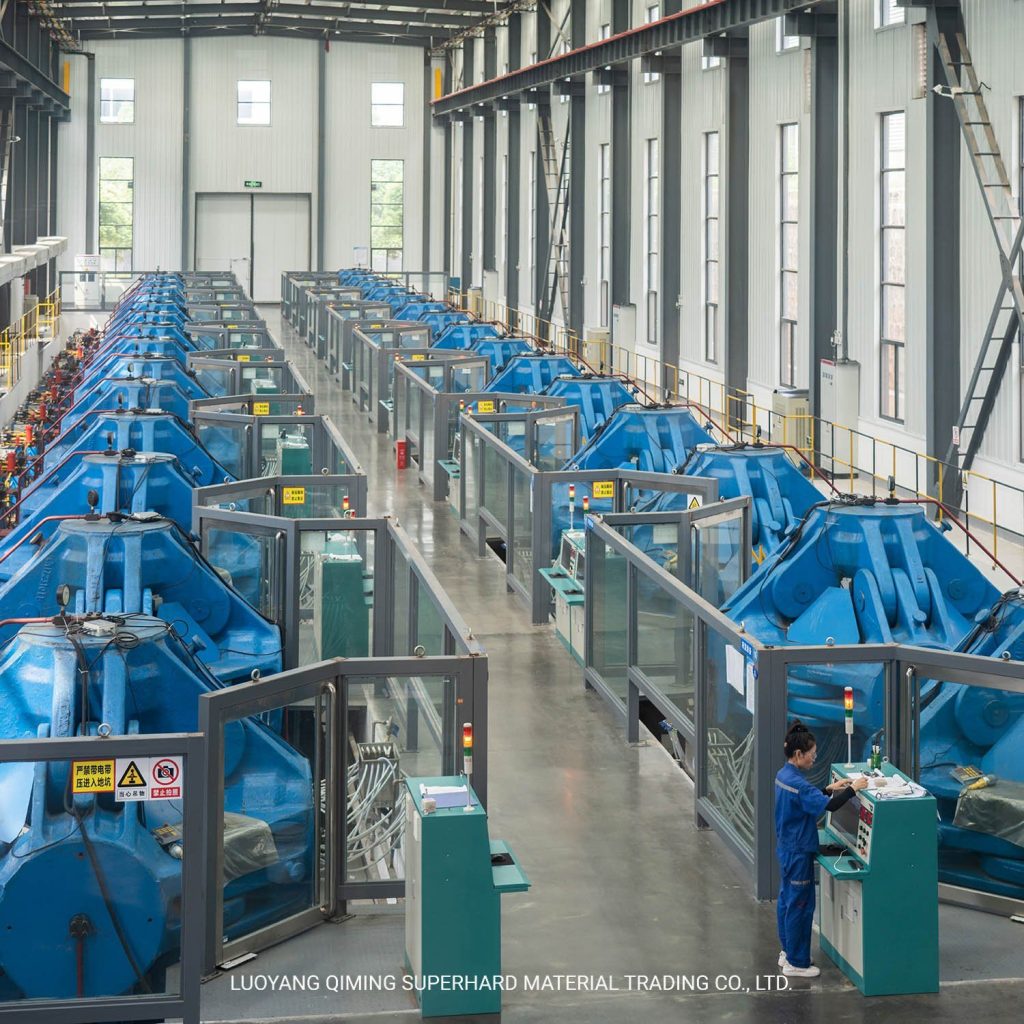
It’s a feels thing
The National Diamond Council quite rightly asserts the rarity of natural diamonds.
“Natural diamonds are finite and rare. Diamonds are becoming rarer every day because no new significant deposits have been discovered in about 30 years,” it states. “Lab grown diamonds can be manufactured in potentially unlimited quantities similar to any manufactured product, thus they are not finite and cannot be considered rare.
“Natural diamonds obtain their value from their scarcity as a natural, billion-year-old precious gem and have shown over decades to grow in value as they become more rare.”
It’s an accurate claim, but does rarity actually matter when every diamond (other than the super rare fancy coloured stones) loses the bulk of its value the moment it leaves the showroom?
“Interestingly, diamond investment has always been a ‘no no’ space unless we were talking pinks or colours,” says Rami Baron, “but as lab grown prices continue to fall, natural diamonds will regain a true intrinsic value. The concept of an investment will only ever apply to rare and hard to get diamonds.”
And as the world gets over one of marketing’s biggest fibs (that diamonds are a good investment), many people are predicting lab grown diamonds to move steadily into fashion pieces.
Independent industry analyst Edahn Golan believes about 60 percent of lab grown diamond sales by value are bridal. This is likely to arise because engagement rings are priced higher than fashion jewellery. But, in the US at least, when you look at the number units sold (volume), bridal and fashion sales are split at 50-50.
Paul Zimnisky believes lab grown diamonds will move into fashion jewellery more strongly in coming years.
“I think self-purchase is probably getting to be the biggest segment of the market,” he told National Jeweler.
Craig at JC Jewels sees the same trend. “Millennials see diamonds in a whole new light. They see gifting diamonds as an expression of love – and increasingly as an opportunity to self gift.”
In this way, lab grown diamonds are finding a whole new market.
Holding out for a hero (stone)
Naturally, there will always be those who remain purists and will only want to buy, or sell, mined diamonds.
“I respect their decision,” says Craig. “Selling mined diamonds will always be a valid part of the jewellery industry and I will work with those retailers to grow their business. Those jewellers are selling to more traditionally-minded Baby Boomers, people who were influenced all their lives by the “A Diamond is Forever” slogan. They grew up aspiring to own large, natural diamonds. They did only have one diamond option back then, though.”
Rami says the future will be decided entirely by the emotional values of the customer. “The consumer will want a natural or lab grown diamond based on their emotional connection or belief system, i.e., ‘I only want a natural diamond,’ or ‘I am not comfortable giving my fiancé a lab grown diamond.’”
Powerful and iconic voices in the field still hold out for natural diamonds, some with scorn for lab growns, some simply defining their niche.
Leibish Polnauer, a US-based diamond jeweller renowned for his strident opinions and for being one of the world’s leading natural and coloured diamonds dealers, remains dismissive of lab growns and De Beers’ approach to them. “What will be next [from De Beers]?” he asks on his website. “Pizza? Will this kind of thinking not undermine the luxury brand of De Beers? All is fair in love and business, though I shudder to think what will happen if companies such as Tiffany & Co., Graff, or Leibish will start selling lab grown diamonds. One thing I can say for sure is that at Leibish you will receive only the finest quality natural fancy diamonds. Period.”
It’s an attitude that is being seen less and less as lab grown diamonds step more boldly into the light.
Tiffany & Co. initially took a very strict ‘natural only’ approach to diamonds, but while not exactly walking back from that, they have at least relaxed their rhetoric. The Tiffany webpage now side-steps the issue, outlining their strong position on traceability and ethics in their mined diamonds but no longer declaring an anti-lab grown stance. This is probably prudent considering their parent company, LVMH, recently acquired a stake in lab-grown diamond start-up Lusix as part of a $90 million funding round.
The big companies will always follow the money.
And just in case anyone is still wondering…
There is no chemical, physical or optical difference between lab grown and mined diamonds. No human, without the aid of a machine, can tell the difference. A diamond is a diamond.
A comparison is often made with ice. This story is a beautiful piece of history and cutely relevant to this discussion if only because a chip of ice and a fragment of diamond glitter in almost the same way. In the 1700s and 1800s in the United States, ice was a cash crop. (I’m talking about really cold water, not any other substance!) Ice from the frozen lakes was cut into blocks and shipped around the country. Every house but the very poorest had an icebox. By the early 1900s, newfangled devices called refrigerators provided people with the ability to make – gasp – artificial ice and there was such a backlash against the new stuff that people insisted on buying lake ice, even during times when poor environmental conditions meant that blocks of natural ice came with frozen pond scum and other impurities.
Curiously, with improving technology allowing labs to create diamonds so perfect their like will never be found in nature, it is impurities and inclusions that are becoming the ‘proof’ of a mined diamonds’ natural status. Mined diamonds also have a slightly earthy tinge of colour – yellow, brown and white – that labs haven’t yet perfected. Lab grown diamonds can have blue, green, grey and lime-yellow tinges.
Still, ice is ice. Diamond laboratories are bringing changes to an industry that hasn’t seen change for a hundred years. The science can say what it likes. As with so many things, it is the consumers who will decide how they like their diamonds.
Read below for related stories: